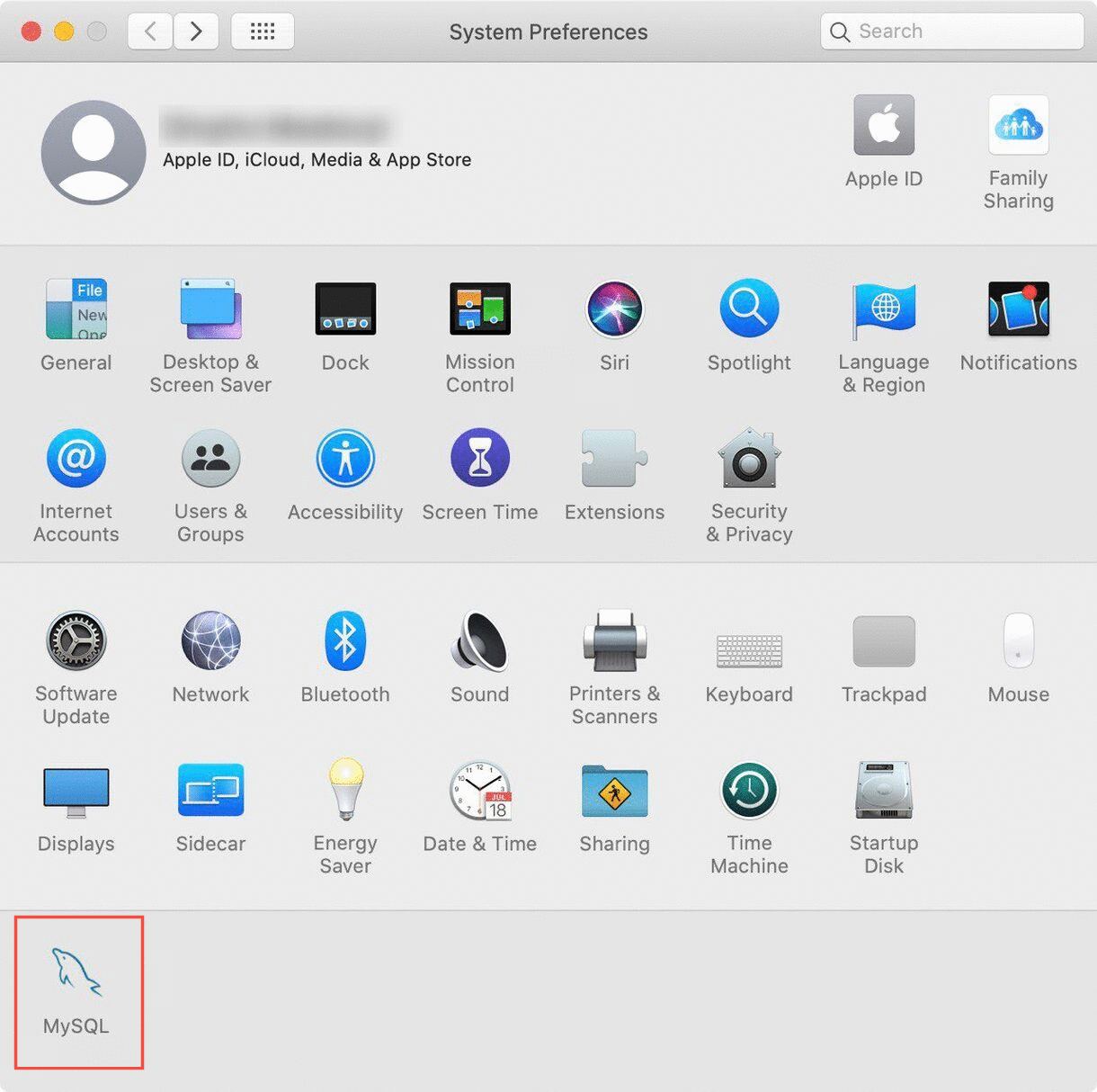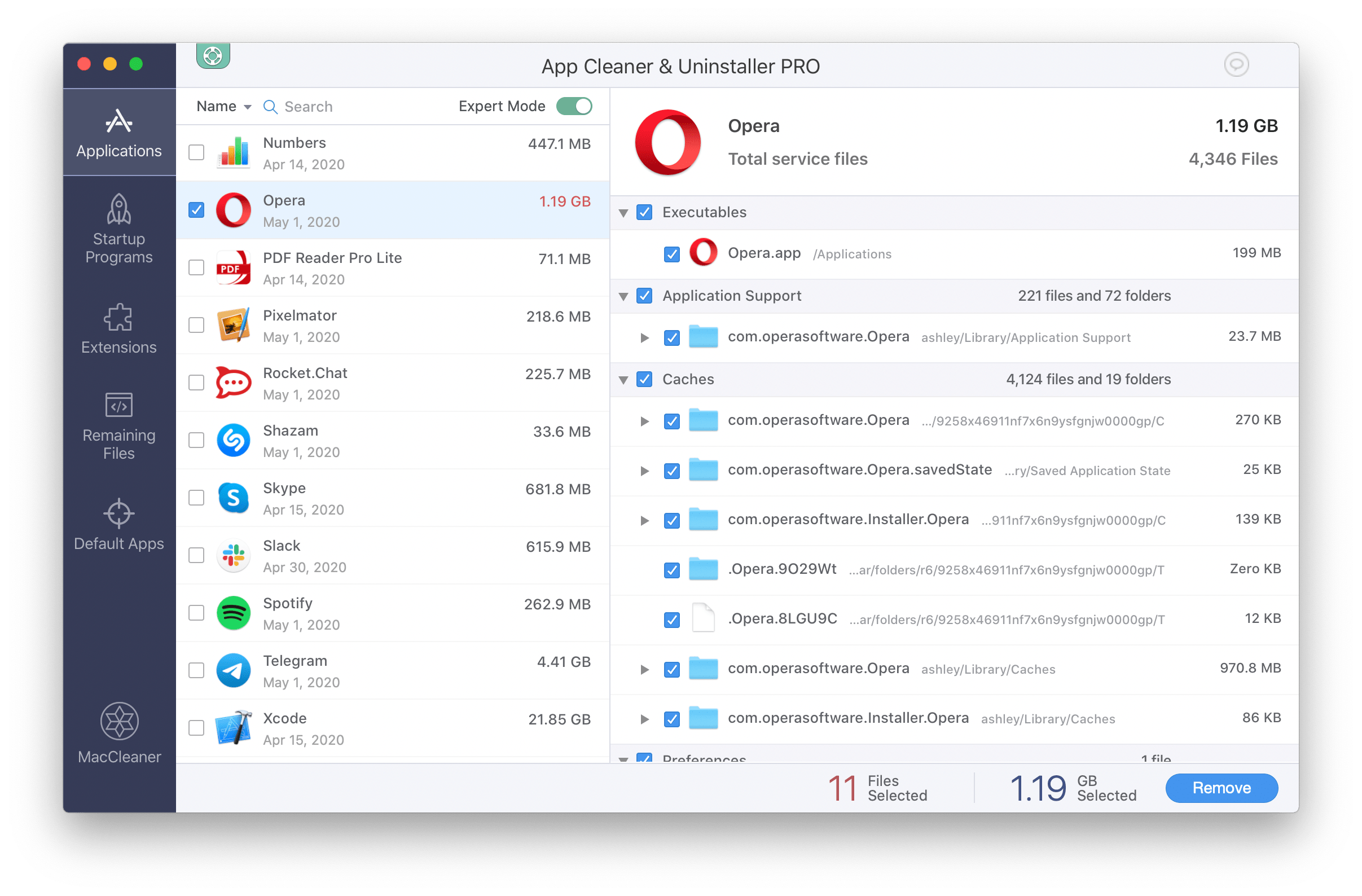
The value of the $threshold the age in days that the file to be deleted must be. Then, the second line is where the threshold is specified. The first line defines the path for Get-ChildItem to search. In this example script below, files in C:\temp whose CreationTime value is older than the set threshold will be deleted. Now that you know the files to remove, you can create a script to only delete files that are older than a specific number of days – in this case, older than 14 days.
#Delete mac log files code
The code below deletes the file C:\temp\random.txt. To delete just a single file, you only need to use the command below. The first example that would be most useful is the most basic – that is, deleting a single file. Related: Get-ChildItem: Listing Files, Registry, Certificates and Moreĭid you know that the Remove-Item cmdlet has an alias by the name of del? When working in PowerShell, using Remove-Item or del will run the same command. Using Remove-Item combined with the Get-ChildItem cmdlet to read files and folders and the powerful PowerShell pipeline can really make things a breeze.

This cmdlet is the de facto standard for removing files with PowerShell.

When you simply need to use PowerShell to delete a file, you’ll probably immediately learn about the Remove-Item cmdlet. Using the Remove-Item Cmdlet to Delete Files
#Delete mac log files windows
#Delete mac log files windows 10

Using PowerShell and WMI to Delete All Files in Folder.Using PowerShell and WMI to Delete a File.Using PowerShell to Match and Delete File Patterns.Using PowerShell to Delete Files Older Than x Days.Using PowerShell to Delete All Files Recursively.Using PowerShell to Delete All Files in Folder.

Using the Remove-Item Cmdlet to Delete Files.On the topic of MultiSite, we're actively working on removing the port forwarding requirement, unfortunately there are a few awkward technical corners to navigate (like making the embedded/view through multisite version of the Site Manager interface work). In the meantime, you can tidy up logs on individual agents by deleting any old logs you don't want in the Macrium Agent user interface just as you would in Reflect then using the "Resync Logs" function on the Computers page of Site Manager: Auto-pruning old logs is something on our feature list, though it's tricky to get right as no-one wants to see the logs they really do want to keep disappearing. The old log files don't really cause any harm in Site Manager, as the data is stored in an SQLite database it doesn't have any performance impact, but we appreciate you might want to prune old data. I know it's a tricky task but can't you have an entry in Site Manager to enter a connect string to MultiSite Mgr to connect OUT to Multi-Site Mgr and send out a keep-alive packet every so often to keep the connection to Multi-Site Mgr alive? Just waiting on not needing to modify ports on the edge router to allow comms between Site Manager and Multi-Site Mgr. Other topic: Connection to Multi-Site Mgr. I'm wondering how I can clean out these old log files? I noticed I have log files back to 2013, over 2500+ entries.


 0 kommentar(er)
0 kommentar(er)
